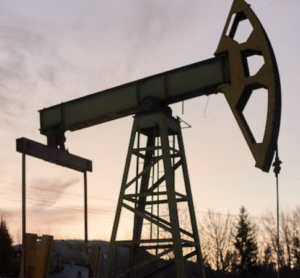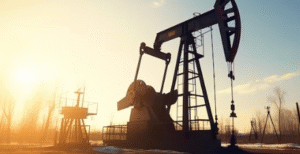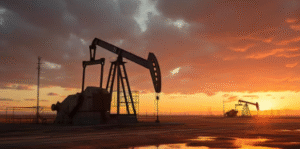$UNG $LNG $EUFN
#NaturalGas #EnergyMarket #USGasPrices #EuropeEnergyCrisis #WinterDemand #NaturalGasSupply #GasStocks #GermanyEnergy #EnergyShortage #GlobalMarkets #GasConsumption #UtilitiesSector
Dropping temperatures in the United States and Europe have triggered a rise in U.S. natural gas prices, signaling heightened demand as winter sets in across both continents. The cold conditions are amplifying the seasonal increase in natural gas consumption, which typically drives peak demand for baseload electricity. While the current rally in prices is somewhat cautious, it could play a crucial role in bolstering supply and preventing shortages in the coming months. Winter always intensifies the need for energy, giving natural gas markets particular attention due to its role in heating and power generation. This dynamic is further magnified by Europe’s energy challenges, underscoring the globe’s interconnected energy markets and supply vulnerabilities.
In Europe, surging demand has sent ripples across energy markets. Germany, which remains a bellwether for energy consumption in Europe, reported a staggering 79% month-over-month increase in natural gas demand for November, marking the largest monthly spike on record. This dramatic uptick underscores the critical situation facing the continent as it grapples with weather pressures and ongoing efforts to diversify energy supplies amidst the disruptions caused by geopolitical tensions and sanctions on Russian energy exports. These factors are forcing European buyers to compete more aggressively on global LNG markets, which could extend upward pressure on prices in the U.S. and other key exporting economies.
The global implications are profound, particularly for natural gas producers and exporters in the U.S. The rally in U.S. gas prices benefits key players like Cheniere Energy ($LNG) and companies tied to the natural gas ETF ($UNG). Elevated demand from Europe provides a strong incentive for U.S. energy firms to maximize LNG exports, especially given the lucrative pricing environment overseas. However, this also raises concerns about domestic availability and affordability, with utilities and consumers potentially facing higher heating bills. Policymakers and energy firms will need to carefully balance maximizing revenue from exports while ensuring adequate domestic supply to avoid further strain on households and industries.
Market participants are closely watching developments in both regions, with the potential for prolonged cold weather amplifying volatility. Natural gas remains a critical commodity, and any disruptions to supply could trigger price spikes that reverberate across financial markets. Investors in energy stocks and ETFs are likely to benefit if gas prices continue to climb, but the broader economic implications may be more mixed. High energy costs weigh on industrial production and consumer spending, potentially moderating economic growth, particularly in Europe. These dynamics reflect the interconnected nature of global energy markets, as well as their vulnerability to regional shocks and weather-driven demand.











Comments are closed.